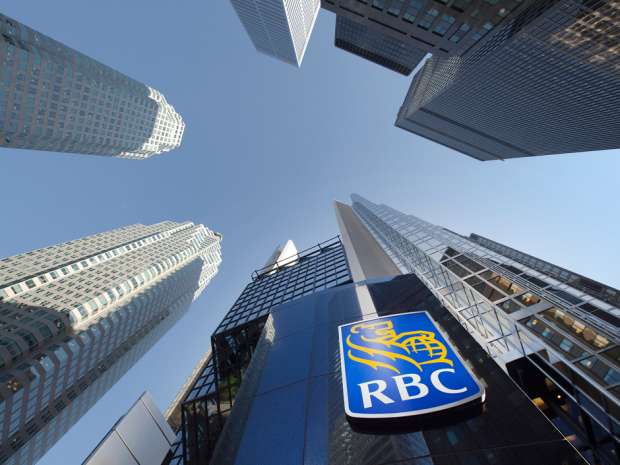The Impact of the BOJ and FOMC Meetings on the Forex Market

The Bank of Japan continued to support its negative interest rate policy last week leaving it unchanged at minus 0.1 per cent last week on Wednesday as reported by CMC Markets. This report that was delivered by Governor Kuroda of the Bank of Japan (BOJ) was expected to be a market mover this week.
The BOJ also said that the new policy framework that will set Japan’s ten-year interest rate as a new goal instead of augmenting its already massive asset purchase program to attain its target of 2 per cent yearly inflation.
After concluding the meeting last week, the bank insisted on modifying its strategy of buying bonds to ensure that it retains yields for benchmarking the 10 ten-year Japan’s government bonds at zero per cent, which almost translate to the levels available at the moment.
On the other hand, the Federal Reserve resolved to leave the interest rates unchanged while looking forward to a time when it will be appropriate to do so. The two day meeting in Washington indicated that now is not the best time to jump into interest rate hikes. This decision was largely anticipated by investors and economists across the globe.
Tokyo Stocks Exchange (TSE) rallied after the Bank of Japan’s announcement, with the Nikkei 225 index finishing at 1.91 per cent, or 315.47 points, leaving it to stand at 16,807.62. The Topix index went on to close at 2.71 per cent or surging by 35.70 points, making it close at 1,352.67.
At the time the dollar slipped past its counterpart the yen, to attain the mid 102 yen per dollar range. The Bank of Japan’s new policy is expected to incorporate two systems: “yield curve control” where the central bank will be able to control long-term and short-term interest rates; Governor Kuroda’s team also decided evoke an “inflation-overshooting commitment,” that will ensure that the bank expands the monetary surrounding to a point where the consumer inflation value goes past the price stability goal of 2 per cent.
The new policy was modeled in a way informed by a comprehensive assessment of the central bank’s effort that works to ensure that the monetary easing strategy spurs inflation while aiming at bringing to an end to a two-decade era of stagnant economic progress.
The Bank of Japan in the first quarter of 2013 set a goal of attaining at least 2 per cent annual inflation within one and a half years to help ignite the country’s economy — the globe’s third largest. However, it is surprising that the economy has averaged less than 1 per cent annual progress since the early 1990s. Enabling the country only achieve half of their aim.
The Bank of Japan’s Governor Haruhiko Kuroda stated in a speech he delivered at the start of the month that the comprehensive assessment aimed at establishing the reasons behind the stagnating economy. Every system that is in places was to be examined and have the report presented in the meeting last week. The report seemed to have brought forth useful details that initiated formulation of the policies aforementioned.
The Bank of Japan further shocked the world markets by surprise at the start of the first quarter of this year by announcing it would charge financial banks in the country a 0.1 per cent fee on a part of their reserves that is deposited with the Bank of Japan. Despite the excess income generated by the bond-buying program of the Bank of Japan, pressures have been mounted on commercial banks’ profits and lending making them to suffer.
The impacts of the Bank of Japan’s efforts have been varied. Japan’s gross domestic product jumped by 2 per cent in the first few months of this year, but it slowed down to about 0.2 per cent for the quarter closing in June.
The decisions that both the Federal Open Market Committee (FOMC) and BOJ arrived at was hugely affected by the state of their respective country’s economy. The FOMC meeting left the interest rates unchanged despite the efforts some of the members such as Eric Rosengren Esther George, and Loretta Mester brought forth supporting the increase of this rates.








